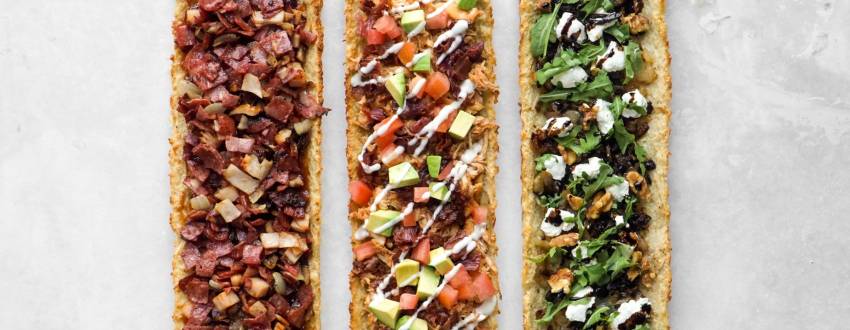Latkes are crispy, starchy, tender, golden potato pancakes, and they are practically synonymous with the festival of Chanukah. The oil in which they’re fried symbolizes the miracle of the oil, when the lone jug of pure olive oil the Maccabees discovered at the site of the desecrated Temple, which they used to light the Temple’s Menorah, burned bright for 8 days long.
We also fry donuts, and loads of other fried delicacies make their way to our Chanukah tables, but if you’re a fan of both classic and savory, latkes are the way to go.
Basically, no Chanukah party or family gathering is complete without latkes. You can buy them ready-made if you are short on time, but if you want to prepare them at home, here are some tips for achieving the perfect classic crispy fried latke directly from Brynie Greisman, longtime recipe contributor at Family Table by Mishpacha Magazine.

Ingredients for Classic Potato Latkes
Potatoes- The starchier the potato, the crispier the latke. Russet potatoes are high in starch. Idaho or Yukon Gold potatoes are also good.
Onions- Use a regular yellow onion, or Spanish onions for a sweeter taste.
Eggs- This is the binder that keeps your latkes together
Do not add flour — it makes the latkes gummy. If absolutely necessary, add a little matzoh meal. I don’t.
Baking powder- Not all latke recipes use baking powder, but it’s a gamechanger, making the latkes lighter and crispier.
Latke Recipe
Ingredients
5 Russet, Idaho, or Yukon Gold potatoes
1 small onion
1–2 eggs
1/4 teaspoon baking powder
1/2 teaspoon kosher salt
pepper, to taste
a drop of celery salt for flavor (optional)

Prepare the Latke Batter
1. Chop your onion by hand very finely and place in a large bowl. If you grate it in the food processor, it gets too watery.
2. Prepare a bowl with water and ice cubes in it. After grating your potatoes (by hand/food processor), thinly or thickly depending on preference, put them in the bowl. This prevents discoloring and makes them crispy.
3. Drain the grated potatoes in a salad spinner or wrap them in a clean towel a few handfuls at a time and wring out the towel very well (over the bowl of water) until not a drop of water is left. You don’t want mushy latkes.
4. As the grated potatoes lie in the water, some of their starch seeps out. Once you squeeze them out, let the water stand a few minutes (if you have the time!), and carefully spoon out the starch that settled on the bottom and add it to the potatoes.
5. Quickly add the potatoes to the bowl of onions. Add remaining ingredients and mix well.
On to the frying:
Use a heavy cast iron skillet or stainless steel pan for the most even heat distribution. It’s not recommended to use nonstick pans.

1. Heat your pan first, without oil. Use oil that won’t burn easily at high heat, such as canola, peanut, or corn oil. Add oil (be generous) and allow to heat up to the point at which it shimmers and thins out. Turn the heat to medium-high because if it’s too high, it’ll sear the outside and the inside will be uncooked.
2. Use about 1/4 cup of batter per latke. (Do not crowd the pan as it brings down the temperature of the oil.) Flatten latke slightly with a spatula to ensure that it fries evenly. Drain latkes on paper towels on a cooking rack, so they don’t get soggy.
3. Allow 30 seconds or so between batches to let the oil heat back up to right temperature, especially if you’re adding oil.
Serving Latkes
Traditionally, latkes are served with a dollop of sour cream and/or applesauce on top or on the side. Sprinkle with chopped chives or parsley if desired.
But really, you can top a latke with anything. You can also borrow from other flavor profiles and even cuisines. Read our posts: Raising the Latke Bar and 5 Ways to Latke.
Can I Prepare Latkes In Advance?
Yes! When preparing your latkes in advance, fry each latke until it’s 90% cooked through and no more. Place latkes vertically in a pan, like a deck of cards. Cover tightly. Refrigerate until using. Preheat oven to 350 degrees Fahrenheit (180 degrees Celsius) and reheat uncovered for 15–20 minutes or until heated through.






Reviews